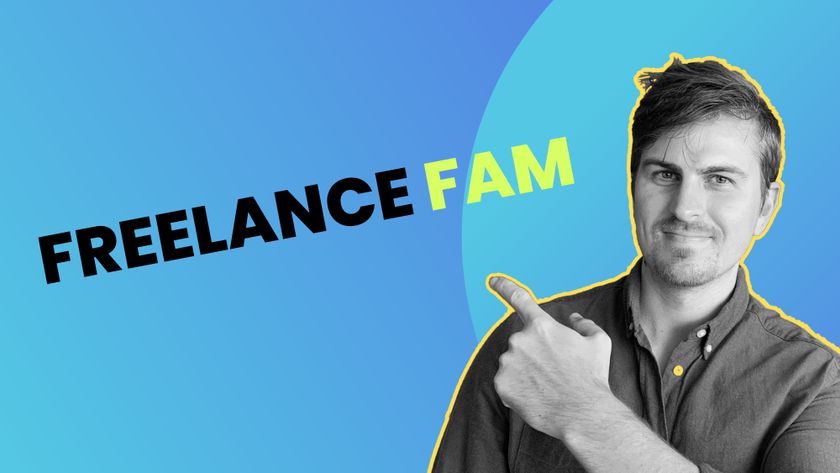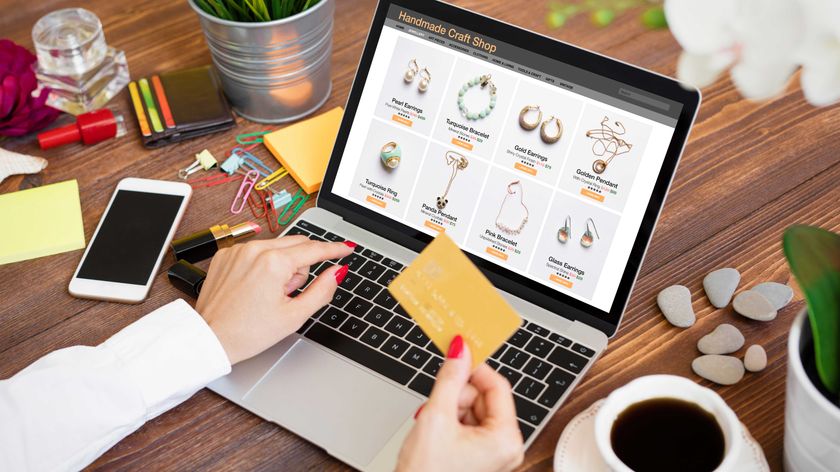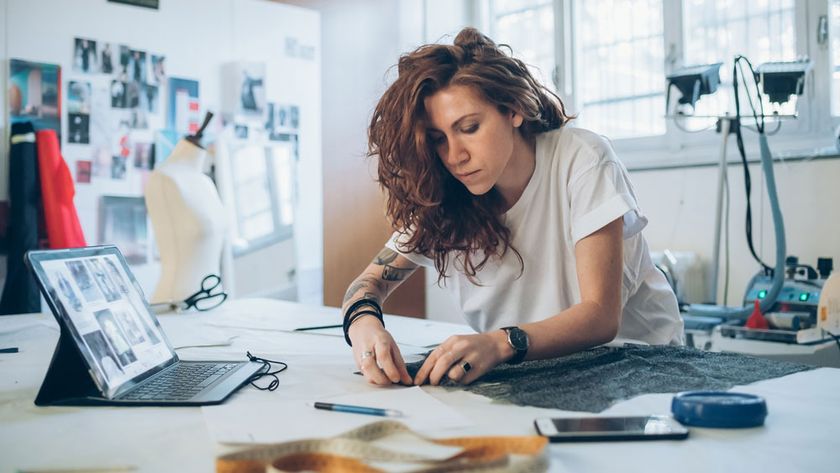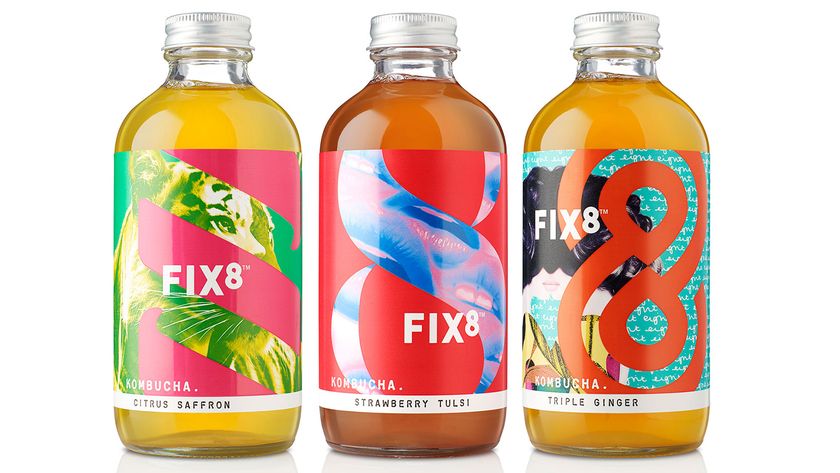The ultimate guide to going freelance
Hats, schedules and accountants … designer Yaron Schoen walks you through the pros and cons of going freelance.
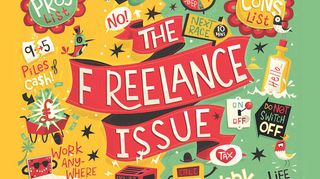
Let me start by saying that I am currently not a freelance designer. At the moment, I am the product design lead at Compass. 'Wait, what?' is probably the phrase going through your mind right now. Well, much of my 15-year career has been spent freelancing. Sometimes, for long periods of time, other times for only a few months. I've been through it all, and enjoyed much of it.
The way I see it, freelancing is more of a lifestyle choice than it is a career choice. Success or failure as a freelancer very much depends on your lifestyle – more so than with a normal 9 to 5 job. So, throughout the years, whenever the opportunity to go freelance presented itself to me, I tried to consider whether or not my current lifestyle situation matched well with that of a freelancer.
With all this in mind, I've assembled a selection of the pros and cons that I normally think about before taking the leap, in the hopes it would benefit those readers that are on the fence.
PRO: Dictate your schedule
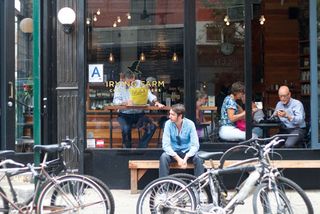
This one is a no-brainer – especially for people like me, who have a hard time keeping true to a strict nine-to-five schedule. I'm not a morning person, so being a freelancer meant a daily sigh of relief just from knowing that I didn't need to run into the shower, then quickly hop on a busy subway commute all the way to the office.
As a freelancer, your only stopwatch is yourself, so there's no real morning rush (unless, of course, you have kids, like me). This was always a huge benefit for me. Rushing in the morning seems to always disrupt my day (First World problems, am I right?).
Takeaway
Be careful not to lose yourself in this. Because you own your time, it's easy to forget that certain times are meant for work. I always try to create a balanced rhythm throughout the day, and to avoid chaotic work schedules – because chaos is a hard environment for me to be creative in.
In order to maintain a calmer environment, I put even the most obvious items on my schedule (even if it just reads 'do work' from 9:30am-12:30pm).
Get the Creative Bloq Newsletter
Daily design news, reviews, how-tos and more, as picked by the editors.
CON: Work/life balance can suffer
This is a big one. I've got to a point where I know my work is not what defines me (it took me a while to realise this), so having that clear balance between work and my actual life is super-important to my happiness. When working as a freelancer, it's sometimes hard to know how to set that line – especially when working from home.
Top tip
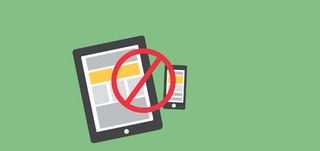
I try to set times where I stop all work, normally in the evening, and stick to them no matter what. Turn off your phone. That's right – turn it off. Nope. Don't check emails. Your client will get through the night without your response.
The only thing that warrants your attention after work hours is if their site is down, everything else can wait until the morning. Now, get back to playing with your daughter, chatting with your friends, or eating with your family. It's more important than work.
PRO: Work anywhere
This is another no-brainer. Let's be honest here, who in their right mind wants to commute into midtown? It's the worst. Instead, why not have the option of banging out some morning emails at a local cafe, then crunching some designs at a coworking spot, then working on that document at the park if the weather is nice. Sounds so much nicer, right?
The second obvious option is to work from home. This is a double-edged sword. While it's extremely tempting to just crawl out of bed and into your computer chair, barely stopping to wash your face, over time this can become toxic. Humans are mostly social beings that thrive on basic routines. If you don't go out every once in a while, and your only routine is bed-desk-desk-bed, you can easily get a case of cabin fever.
Takeaway

When working from home try to establish a routine, even if it is a pretend one. For example, I would try to get ready in the morning as if I were going to an office. I'd maybe grab a cup of tea at a spot close by, maybe even take a walk around the block just to shake things up a little. This always did my creative process some good.
If working from home isn't your thing, a coworking space is a good alternative. Just remember to look for one that fits your vibe of work. Do you like noisy environments or quiet ones? I personally prefer distraction-free offices, so when I looked for a shared space, I narrowed the search to ones that provide a calm, quiet working environment.
CON: Time is money (duh)
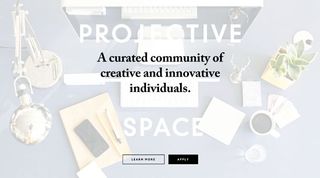
This goes for both freelancers and employees – it's just more painful for you when you're a freelancer because it's your dime. It's easy to forget that you only have a limited amount of time during the day.
Design wise, I find I have about four or five hours a day in which I'm productive (and that's being generous, normally it's way less). Try not to spend this time on nonsense! Things like meeting a friend, procrastinating on Dribbble or reading this article are time killers if they are done during your most productive hours. Figure out what these hours are and try to maintain a productive environment while they last.
Top tip
The best way to avoid situations where you are dedicating your productive hours to time-sucks is to try and box out time in the day for them. Normally I hit a low after lunch due to food comas, so I allocate that time (when I'm dozing off anyway) to catching up on the latest internet gossip, Twitter, and so on.
PRO: Choose your projects
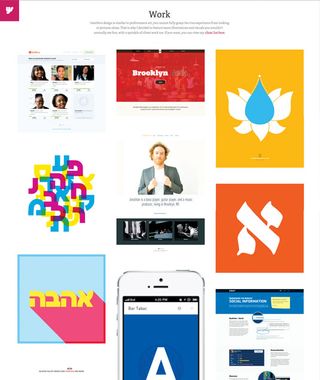
This may sound a bit privileged, but hey, if I managed to get to a point at which I could pick and choose my clients, then so can you. If you find that, after freelancing for an extended period of time, you still have to take on every client that comes along, you could be doing something wrong (this topic alone may justify a whole separate article).
However, if you do find that, financially, you can allow yourself to say no to clients, then what are you waiting for? Say no! It's scary, but it's the best way to get yourself to a point where you're only working on the projects you really want to focus on. You see, the more work you do that interests you, the more your portfolio will fill up with that type of work and the more you'll get hired for that type of work. It's that simple. Actually, it's not simple at all, but it's doable and worth the effort of trying to get there.
Top tip
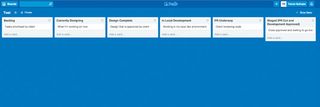
If you find that the type of work that interests you isn't coming your way, it might be worth working on self-initiated projects in your spare time – you could even consider this marketing time for your business.
Whatever you do, don't go and create an unsolicited redesign of the ESPN or something. Try to create case studies of ideas you'd like to see in the world. Have an idea for an app? Design it. It shows your abilities and it signals what type of work interests you, both of which may bring your type of work to your doorstep.
CON: A never-ending race to the next gig
When you secure a large client, you're on top of the world. But that feeling fades very quickly, and soon you're back to searching for your next gig. The problem is at the core of being a freelancer – you are tied to a finite contract, and when that's over you're on to the next finite contract. For me, the feeling of instability this brings is the number one downer of being a freelancer. Especially when you get older and take on more responsibilities.
Takeaway
Basically, you don't want to find yourself without a next gig lined up when the one you are working on ends. The best thing you can do is start looking for that next project almost at the beginning of your current one.
Keep in mind that closing a gig takes more than just a positive first email. You need to agree on the terms, dates, and sign a contract. Without a signed contract, you have nothing.
CON: It can get a bit lonely
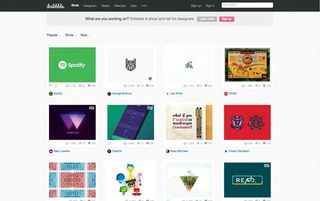
I love to pass designs by people, and get feedback. I thrive on this, it's core to my process. Without it I feel like I'm designing blindly. Sometimes, the client can be the first other person to see the work – not the best situation.
Top tip
Try to establish a network of peers that will look over some of your designs. Even if they are not fully involved in solving the problems you are working on, they are normally a good gut check. A quick Skype call can clear up any issues you are working on, and they can provide their quick, unfiltered feedback.
PRO: Wear a different hat every day
Tired of doing the same old thing at work, over and over again? When you are employed at a company, you are normally slotted into a defined role. This is certainly helpful for the company, but you may experience boredom or lack of growth.
These is often one of the main reasons people leave their jobs. I'd say a good 80 per cent of the people I've interviewed throughout the years have told me they are looking for new challenges, that they are interested in expanding their abilities or horizons.
Being a freelancer means you won't be doing the same thing over and over again. In fact, you will be doing so many edge-case things pertaining to the business, it might become a bit overwhelming as well. I'd say, as a freelance designer, you'll be designing only 50 per cent of the week. The rest will be consumed by things that have to do with managing your freelance business. Managing your inbox, documentation, legal contracts, client communications, sales, accounting (my worst enemy. Be sure to have a good accountant, like I do. Hi Ben!), marketing and more. All these things will need your attention, because without them, your business is doomed.
Takeaway
This might sound completely overwhelming, and not a benefit at all. But it is. After a while you'll come to understand what you are good and bad at. The things you are bad at you must delegate. Even if you see this as an unnecessary expense, consider the amount of money you will lose if you do those things badly. As for the things you discover you are good at ... well, you just found a new thing you are good at! This is the best thing you can ask for out of a job.
Discovering you are good at marketing is an amazing thing! Something that you probably would have never found out in a full-time job.
CON: Tackle self-promotion
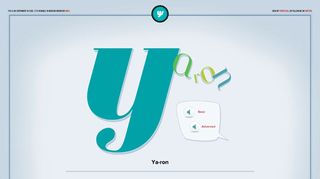
This one is a personal one, but after a while self-promotion makes me a bit sick to the stomach. It makes me feel as if I'm a commodity. I know it may sound silly. It may not seem like it, because I've gotten to be good at it, but this is one of my least favourite parts of being a freelancer.
Takeaway
The only thing I can do to avoid going crazy is to remind myself that I am my business. In most cases I'm not only selling my abilities, but also selling who I am as a person. People want to know how it is to work with you. A good client will normally decide if they want to work with you based on your writing, not only your portfolio. So I try to be myself, take it lightly and inject some humour into it all, because honestly, we're just building websites. It's not like we're saving lives in the ER or something …
PRO: Make more money (potentially)
I am aware that this is definitely a big maybe, but hear me out. The logic is pretty simple: the number of times you'll be up for a raise at a full-time job is significantly smaller than the number of times you can raise your rates as a freelancer. Of course, this depends on the demands of your freelance business and on the market, but I've found it way easier to ask for a higher rate than it is to ask for a raise.
Takeaway
There are basically two ways to price: based on time and based on value. I'll be honest with you, I personally haven't yet found the best way to price. Sometimes I value-price, sometimes I charge by the hour.
In general I've found that pricing based on value gives you more bang for your buck. But as you grow your freelance business and have more contractors to collaborate with, this approach can become a logistical obstacle. There are some great discussions on the topic, from the likes of Dan Mall.
Conclusion
These are my personal pros and cons. Of course, other freelancers may agree with them or totally dismiss them. Regardless, I'm sure everyone would agree that freelancing can be a wonderful experience. Even if things turn sour, you learn so much about yourself that the takeaways are totally worth it.
Words: Yaron Schoen
Yaron is a product designer based in Brooklyn, New York. He has over 15 years of experience, and recently started his own design studio that was acquired by Compass. This article was originally published in issue 270 of net magazine.
Liked this? Read these!
- 12 killer tips for freelance success
- The designer's guide to working from home
- Free graphic design software available to you right now!

Thank you for reading 5 articles this month* Join now for unlimited access
Enjoy your first month for just £1 / $1 / €1
*Read 5 free articles per month without a subscription

Join now for unlimited access
Try first month for just £1 / $1 / €1
The Creative Bloq team is made up of a group of design fans, and has changed and evolved since Creative Bloq began back in 2012. The current website team consists of eight full-time members of staff: Editor Georgia Coggan, Deputy Editor Rosie Hilder, Ecommerce Editor Beren Neale, Senior News Editor Daniel Piper, Editor, Digital Art and 3D Ian Dean, Tech Reviews Editor Erlingur Einarsson and Ecommerce Writer Beth Nicholls and Staff Writer Natalie Fear, as well as a roster of freelancers from around the world. The 3D World and ImagineFX magazine teams also pitch in, ensuring that content from 3D World and ImagineFX is represented on Creative Bloq.

